Here is some general information about Mandevilla plants:
- Growth habit: Mandevilla plants can be climbers or shrubs, depending on the species and variety. Climbing Mandevillas have twining stems that can reach a height of 10 to 20 feet (3 to 6 meters) or more. Shrubby Mandevillas have a more compact growth habit, typically growing up to 3 to 6 feet (1 to 2 meters) in height.
- Leaves: The leaves of Mandevilla plants are glossy, dark green, and leathery. They are usually lanceolate or ovate in shape and arranged opposite each other along the stems. The foliage adds an attractive backdrop to the vibrant flowers.
- Flowers: Mandevilla plants are known for their showy, trumpet-shaped flowers that come in a variety of colors, including pink, red, white, and yellow. The flowers can be single or double blooms, and they typically measure 3 to 5 inches (7.6 to 12.7 cm) in diameter. The flowers are often fragrant and attract pollinators like butterflies and hummingbirds.
- Light requirements: Mandevillas thrive in full sun to partial shade. They require at least 4 to 6 hours of direct sunlight each day to promote healthy growth and abundant flowering. In areas with intense heat, some afternoon shade may be beneficial.
- Temperature and hardiness: Mandevilla plants are tropical or subtropical in nature and prefer warm temperatures. They are typically hardy in USDA hardiness zones 9 to 11. In colder regions, they can be grown as annuals or potted plants that are brought indoors during the winter.
- Watering and soil: Mandevillas prefer well-draining soil that retains some moisture. Water the plants thoroughly when the top inch (2.5 cm) of soil feels dry. Avoid overwatering, as it can lead to root rot. Applying a layer of organic mulch around the base of the plant helps conserve soil moisture and regulate soil temperature.
- Fertilization: Regular fertilization is beneficial for Mandevilla plants to support healthy growth and abundant flowering. Use a balanced, water-soluble fertilizer specifically formulated for flowering plants. Follow the instructions on the product label for application rates and frequency.
- Pruning: Pruning Mandevilla plants is important for maintaining their shape, controlling size, and promoting new growth. Prune them in early spring before new growth begins or after the flowering season. Remove any dead, damaged, or overgrown branches. Climbing varieties may require training and tying to a support structure.
- Pests and diseases: Mandevilla plants can be susceptible to common pests such as aphids, spider mites, whiteflies, and mealybugs. Regularly inspect the plants for signs of infestation and treat them with appropriate insecticides or insecticidal soaps if necessary. Additionally, they can be prone to fungal diseases like powdery mildew and root rot, so ensure good air circulation and avoid overwatering.
- Propagation: Mandevilla plants can be propagated through stem cuttings. Take 4- to 6-inch (10- to 15-cm) cuttings from healthy, mature plants and place them in a well-draining rooting medium. Provide bottom heat and maintain high humidity to encourage root development. Once rooted, the cuttings can be transplanted into pots or the garden.
Remember that specific care requirements may vary depending on the particular species or variety of Mandevilla plant you have. It’s always recommended to consult specific care instructions or seek advice from a local gardening expert for precise information on the Mandevilla variety you are growing.

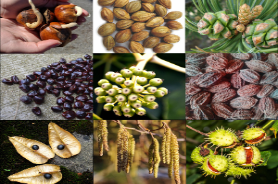

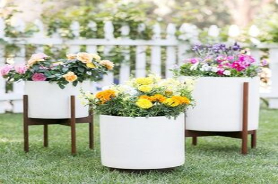



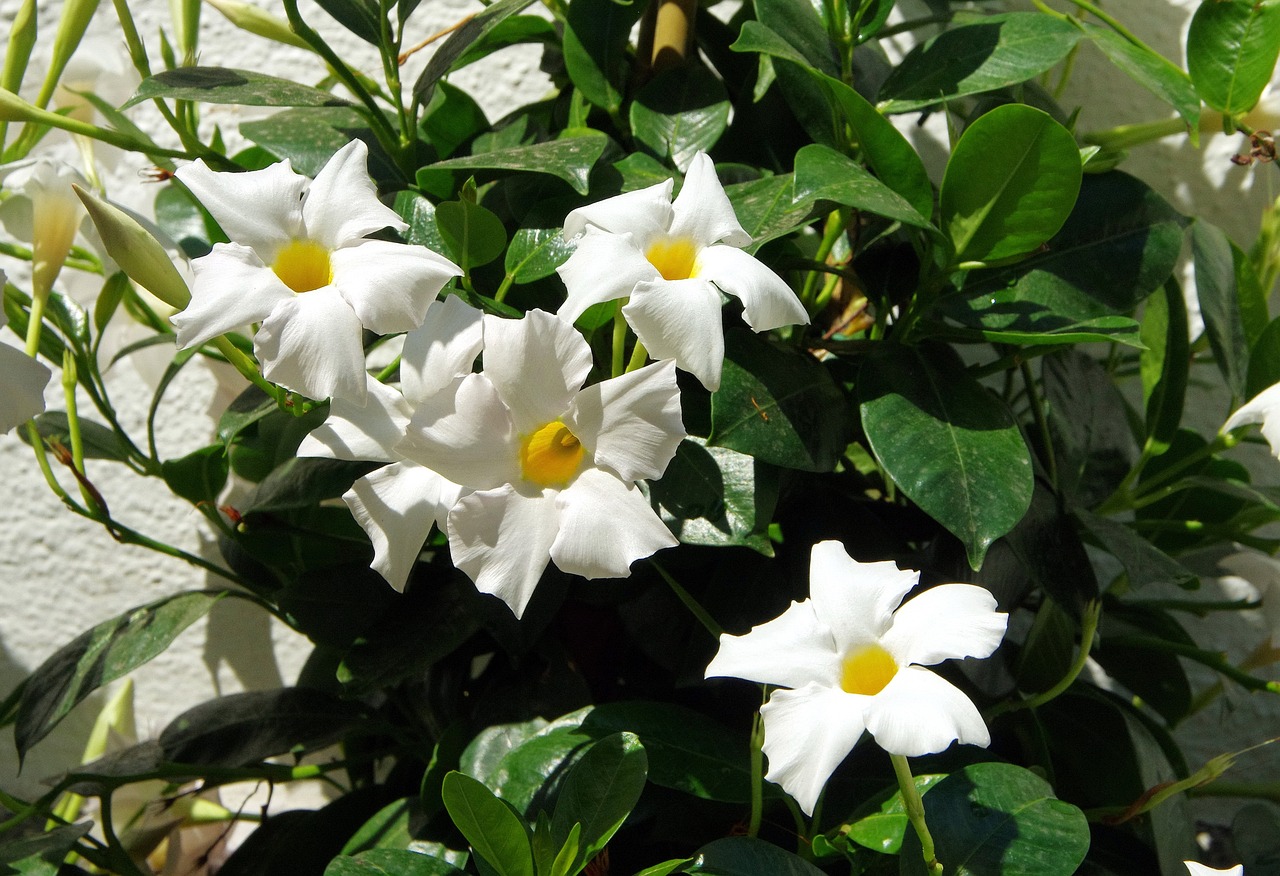
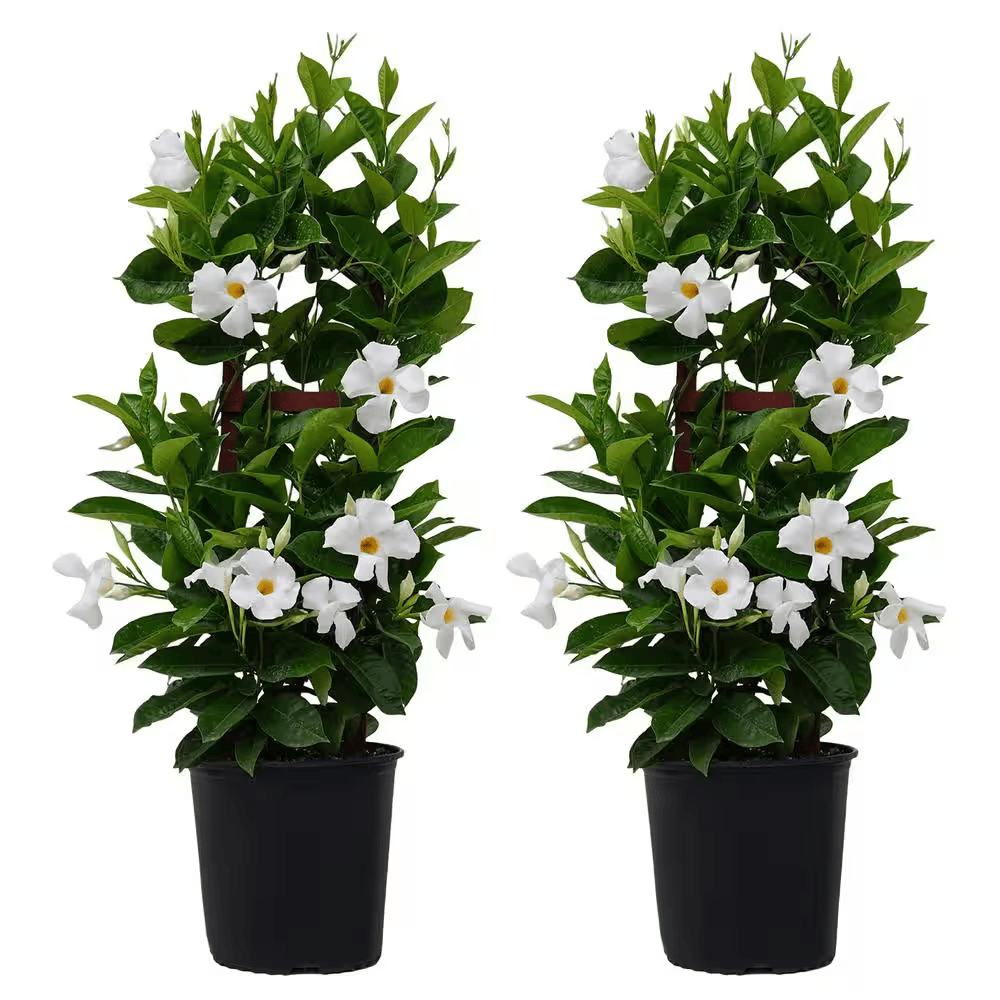


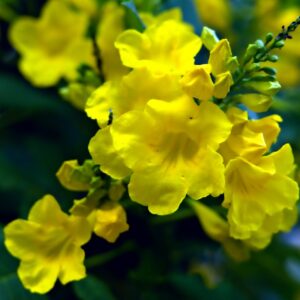

Reviews
There are no reviews yet.